Our newest religious possess an age-old Christian virtue: hope
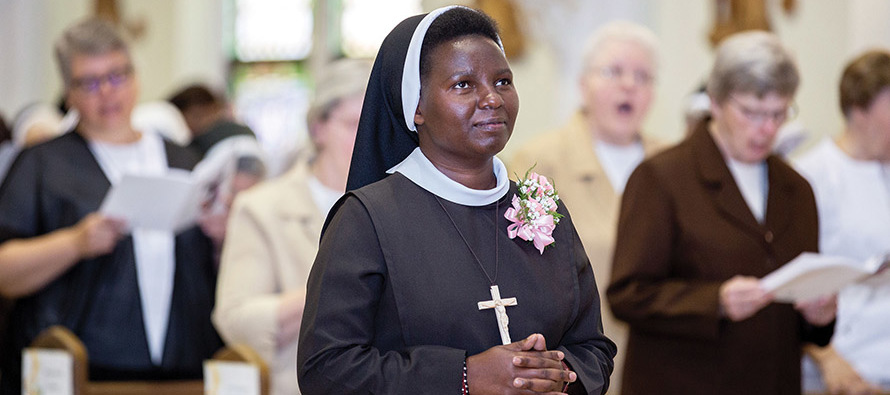
The 2020 NRVC study revealed that newer sisters, brothers, and priests are excited about the possibilities before them. (Photo courtesy of Felician Sisters.)
RELIGIOUS LIFE is supposed to be about “setting the world aflame” with God’s love. It has waxed and waned, changed and evolved over the centuries, and recently the National Religious Vocation Conference, VISION’s parent organization, surveyed the newest members of religious life to capture their experience. These men and women are actually much like their predecessors: resilient people of faith who are hopeful about their lives and their future.
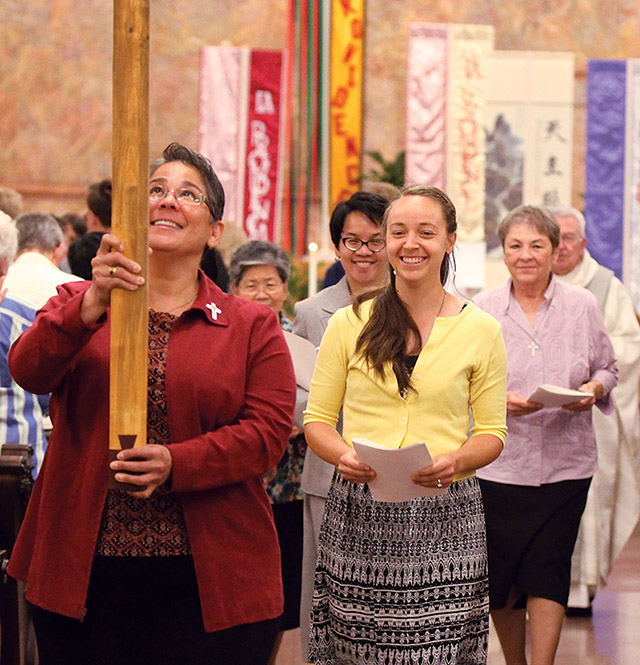
They joined religious life knowing it was a risk, as it has always been—a life of faith, no matter one’s chosen vocation, is never strictly about playing it safe. These religious from the past 15 years know their communities are becoming smaller and that their ministries will be less about large institutions and more about working collaboratively and creatively with other religious institutes and laypeople to meet spiritual and social needs. They are working for an authentic expression of religious life, and they consciously entered the life for its communal nature, countercultural values, and lifelong commitment to poverty, chastity, and obedience. They are inspired by and motivated to do ministry with and for those in greatest need. Many are already doing this. (See “VISION Spotlight.")
Diverse
Who are these sisters, nuns, priests and brothers? They are not very different from the readers of VISION. VISION’s discerning readers include people of all types, but by and large they tend to be young and ethnically diverse. In the NRVC 2020 Study on Recent Vocations to Religious Life, the demographic shifts in the U.S. church toward more people of color are now showing up in religious life, too. Members who entered since 2003 include more Asians, Pacific Islanders, Hispanics, and blacks than any previous U.S. generation of religious. Because so many newer religious are from recent immigrant families (a third have a parent born elsewhere), they have excellent language abilities relative to the average American, with 24 percent of them fluent in a language other than English.
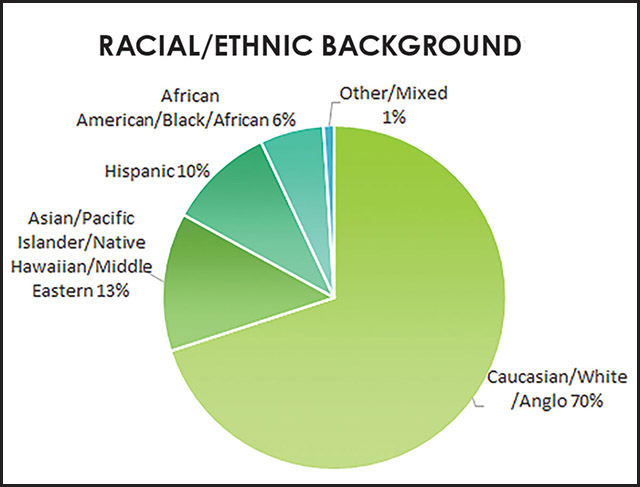
The new sisters, brothers, and priests are trending slightly younger than the people who joined 10 years before them. They tend to join their communities around the same time that Millennials typically get married: The average age to enter religious life is now 28 for men and 29 for women. A third of newer religious were exposed to the life by having a relative who is a religious, such as an aunt or uncle. Most consider their families middle class, but around a third say they come from a family that was “working poor.” Most have a bachelor’s degree (or higher) and had work experience before they entered their communities.
Enthusiastic
The 2020 NRVC study of members who have entered since 2003 also revealed that newer sisters, brothers, and priests are excited about the possibilities before them. According to the NRVC study report, “Millennial generation respondents, in particular, are more likely than older generation respondents to report that living, ministering, sharing meals, and socializing with other members are ‘very’ important to them.” These members have always known that religious life was undergoing major demographic changes. In contrast to the past, members from disparate religious communities often start out religious life by studying together, forming intercommunity friendships, and getting to know each other’s traditions. This has greased the wheels for sharing other parts of life: retreats, ministry, and continuing education.
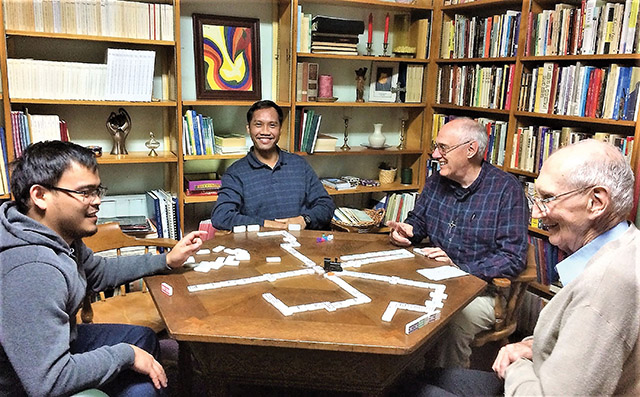

Being at the center of major shifts in religious life is sometimes hard. Young members highly value the wisdom and experience of their elders, but it can be difficult to frequently be the “young one” in the room. Nevertheless, for many, the demographic challenges represent a concern but not an overwhelming worry. As one new member who participated in a study focus group put it:
We will come through the difficult years of the death of most of our elder members and the closing of our large institutions. We will be smaller but the critical yeast in our communities. We will be joined in mission and charism with many laypeople, and together we will continue to be voices for peace, love, compassion, justice, and care for the environment.
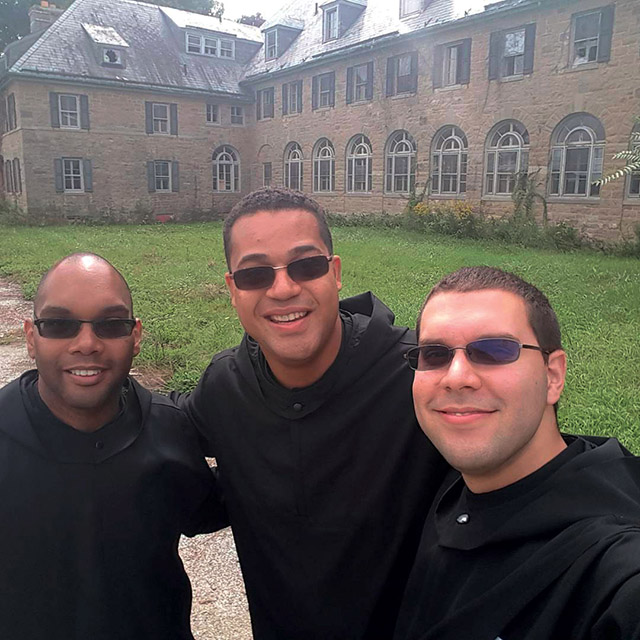
Drawn to God, service, community
Men and women who become priests, brothers, and sisters today enter at a time of unprecedented openness within the U.S. church for laypersons to serve professionally. Laity are campus ministers, parish pastoral staff, directors of religious education, Catholic schoolteachers, hospital chaplains, and more; yet the attraction to service is still quite strong. The number-one draw, unsurprisingly, is God—namely, the “desire for a deeper relationship with God.” The other factor that draws—and is unique to religious life—is communal life, that is, a community lifestyle and structure that supports a life of seeking God and serving others.
For me it was a desire for community after having been in parish ministry for 20 years as a single person. Everywhere I looked didn’t have the fulfillment of community that I was looking for. It’s not that there wasn’t community . . . but I wanted to work and pray and live with people of the same mindset and heartset.
Some religious were not really seeking out community life, but when they stumbled upon it, they loved it. To wit:
What ultimately drew me to religious life was sort of the totality of gift to Christ, and really wanting to live my life totally for him. So when I met our sisters, I was not discerning, but I was very struck by how authentic they were, that they were each totally themselves, and they were really happy, and joyful, and normal. That was what drew me to our community.
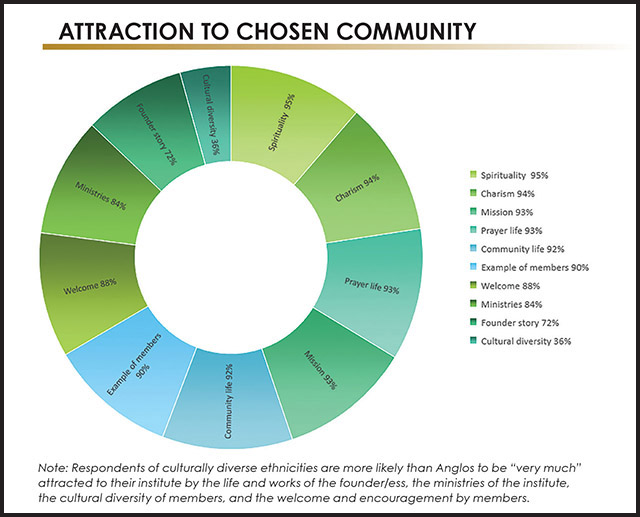
Hopeful
Enthusiasm and hope go together, and they are common qualities among young adults worldwide. Perhaps the most striking qualities of younger religious is their hopefulness and fearlessness. They know the ground of religious life is shifting, but they are ready, and they are already energetically serving the church and world. While more can be said about this new generation of men and women in consecrated life, it is fitting to allow them the last word. From the NRVC study, here are just a few of the many hopes that new members expressed, for themselves and their communities.
[My hope is] that we will be smaller and stronger. That there will be continued “inter-charism” and inter-congregational relationship. That we will balance care for our elderly members who are/will likely soon be in need of care . . . with vibrancy for mission.
I hope to respond with fidelity to God’s will each day.
[I hope for] new energy and creativity around evangelization and renewal of religious life; expansion into new ministerial opportunities.
[I hope we will be] thriving, with increased vocations, even greater cultural and ethnic diversity, continued diversity of ministries, and increased communication and collaboration with other religious institutions, hopefully being known for preaching the truth, and upholding the truth and human rights.
I see myself as a religious, giving all my best in the service that I will do, offering everything for the glory of God.

Find the complete 2020 Study on Recent Vocations to Religious Life at nrvc.net.
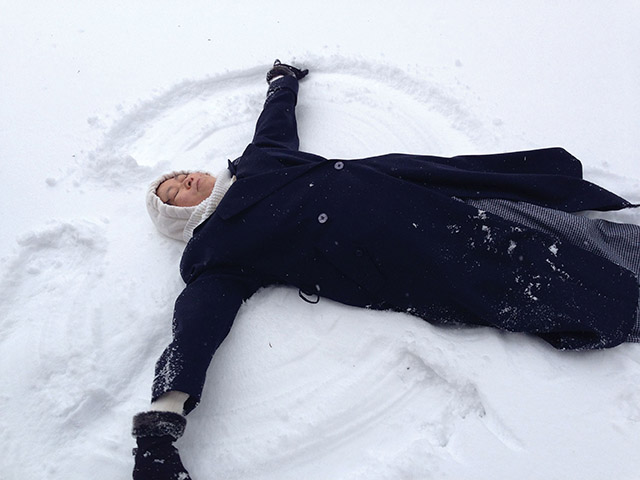
Tags
Related
- Religious making a difference
- Religious seekers in legal limbo
- Mercy meets at the border
- Religious life: The call continues
- Vocation Basics: Essentials for the vocation journey
- Community life: A place to call home
- A charism encourages a caring ministry
- The four main types of religious life
- Celibacy steeped in a whole lot of love
- Benedictines believe in balance Read More
Most Viewed
- Find your spirituality type quiz
- FAQs: Frequently asked questions about vocations
- Celibacy quiz: Can you live a celibate life?
- Resources for older discerners or those with physical and developmental differences
- About Vocation Network and VISION Guide

